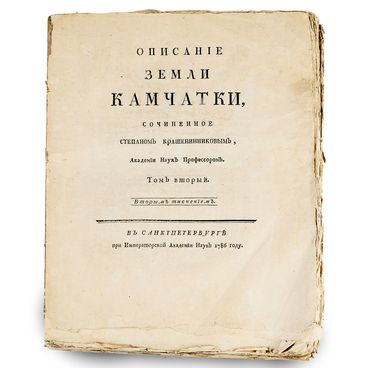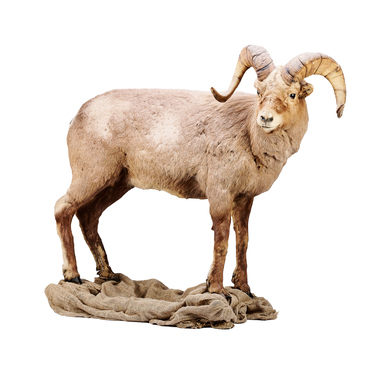In the waters of the Kamchatka Peninsula, in particular its eastern shore, representatives of the infraorder (a systematic group between suborder and superfamily) of cetaceans can sometimes be spotted. Whales are mammals and have all the typical features of this class. They are warm-blooded, breathe air through their lungs, and give birth to calves, which they nurse with milk. Representatives of this infraorder have a large layer of blubber for insulation in cold water.
Scientists distinguish two large groups of cetaceans: toothed and baleen whales. Representatives of the former group, including sperm whales from the Physeteridae family, killer whales from the Delphinidae family, and northern giant bottlenose whales from the beaked whale family appear near Kamchatka. Baleen whales are subdivided into three families: finback whales, bowhead whales, and Cetotheriidae. Representatives of eight species of three families are found in the fauna of Russia’s Far Eastern seas. Gray, humpback, and blue whales can be found off the coast of Kamchatka. The blue whale is the largest animal of modern times.
Instead of teeth, baleen whales develop baleen, which are rows of keratinoid plates. They grow on both sides of the maxilla and are covered with a membrane that traps food objects such as plankton and fish. The whale picks them off the plates with its tongue.
Baleen whales filter tremendous volumes of water or soft soils through a filter-feeding system. The thickness and number of baleen plates are related to the size and type of their prey. The shortest and stiffest plates are those of gray whales, which feed both on surface-dwelling and bottom-burrowing invertebrates: small crustaceans, molluscs, polychaetes.
The gray whale has two to five longitudinal furrows on its throat, in contrast to balaenopteridae, which have 14 to 100 furrows. By unfolding, these furrows increase the volume of the mouth and, consequently, the amount of water that the whales filter out when feeding. All balaenopteridae feed in the water column, and along with planktonic organisms, small gregarious fish such as herring, polar cod, capelin, and sand lance form the basis of their diet. The baleen plates of balaenopteridae are longer and wider than those of the gray whale.
Representatives of various
nations used baleen to create crafts, furniture, clothing, wigs, kitchen
utensils, and various vessels. Mass extermination of baleen whales has led to a
severe decline in their numbers.


